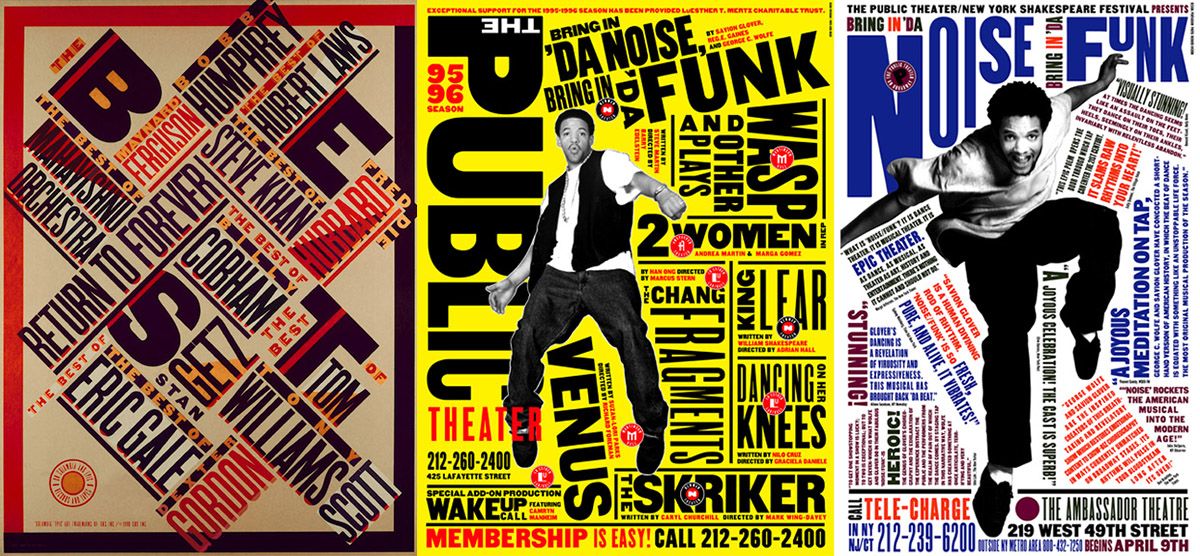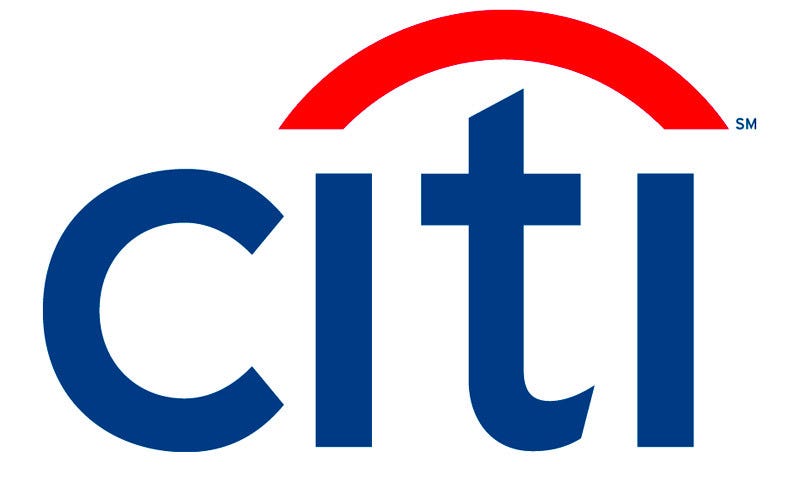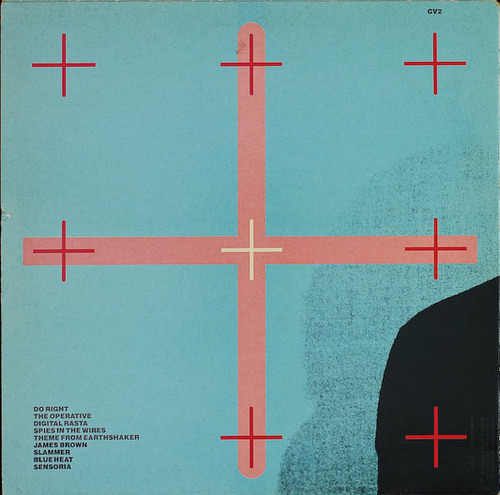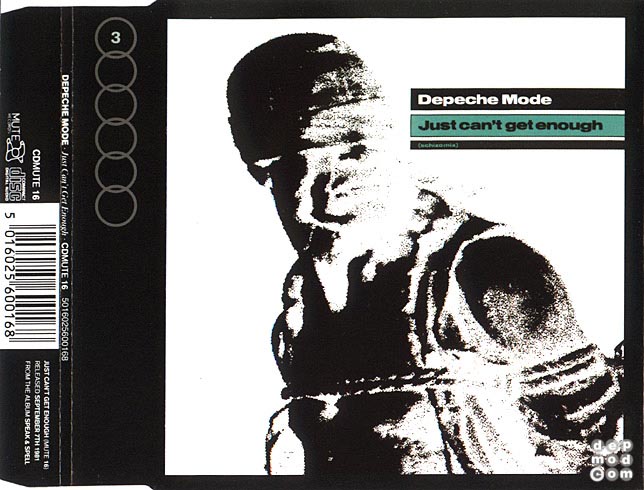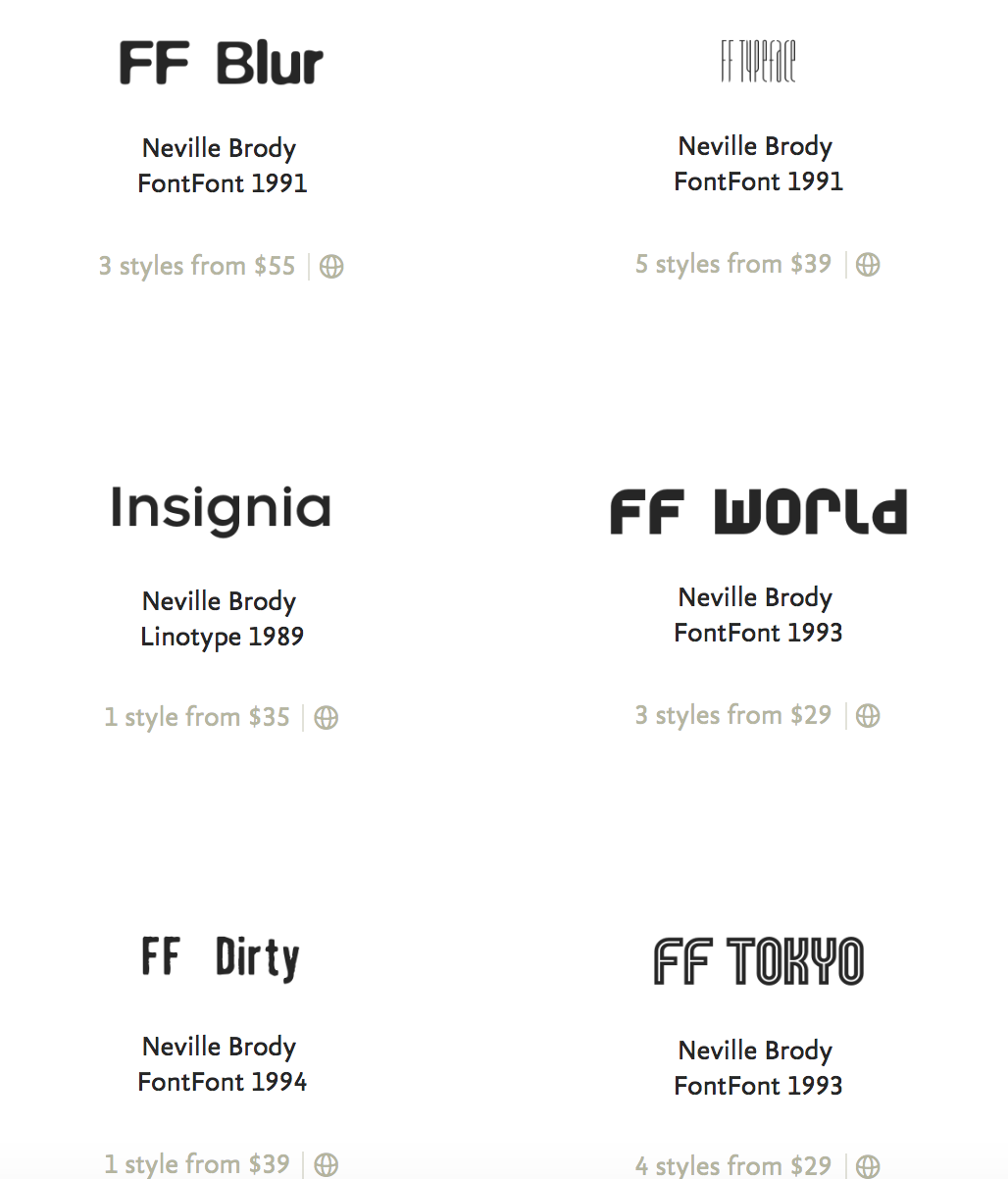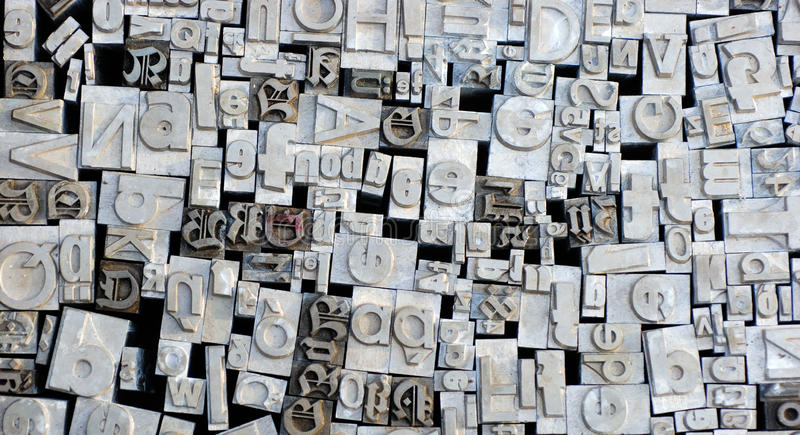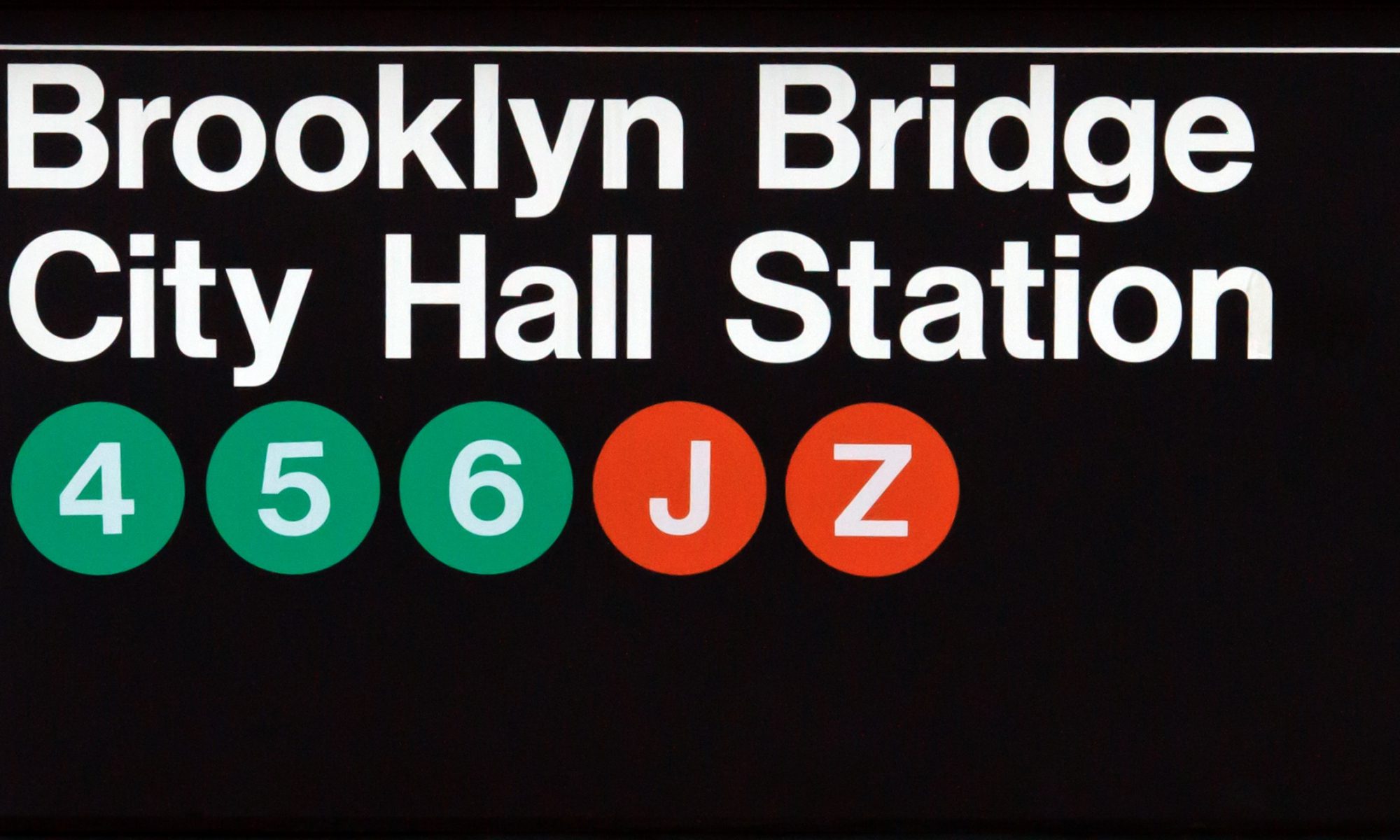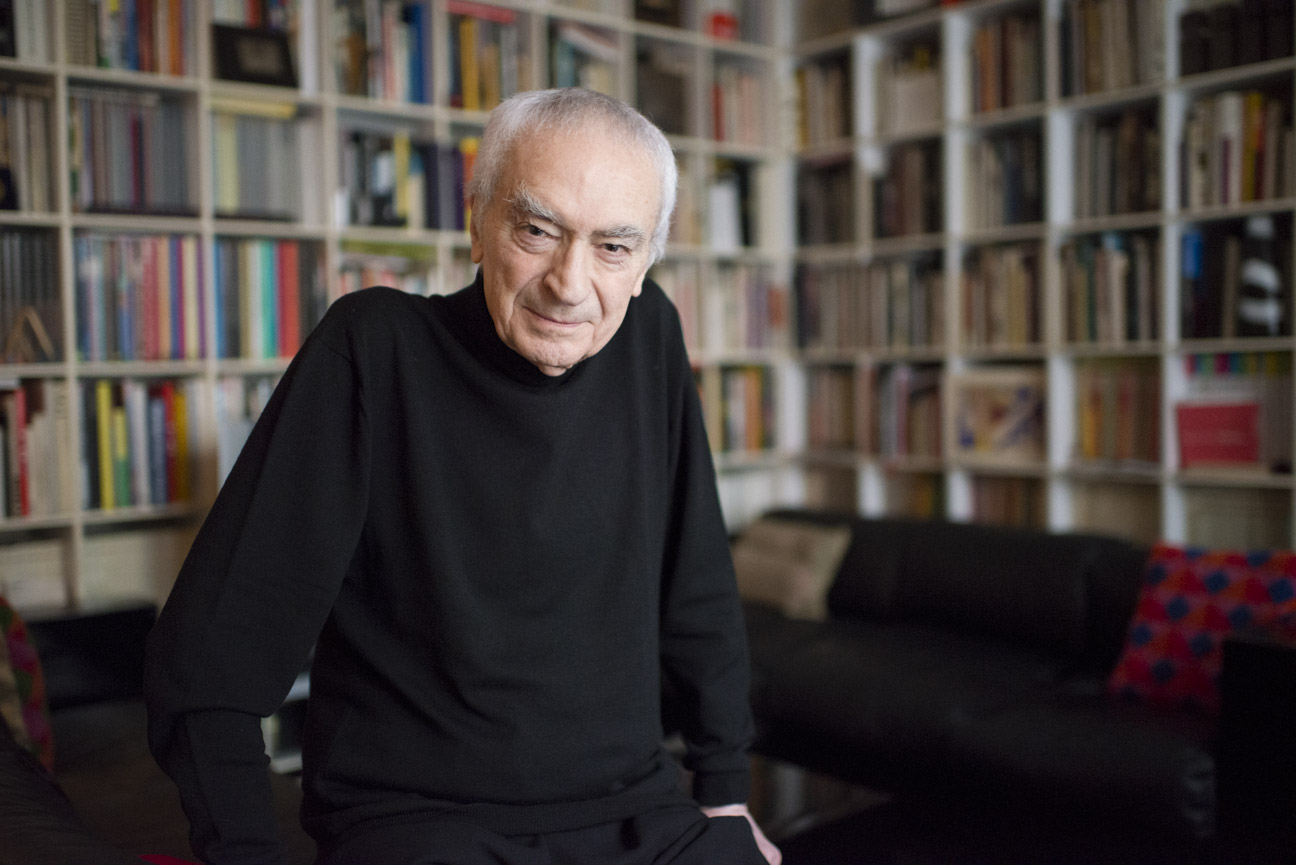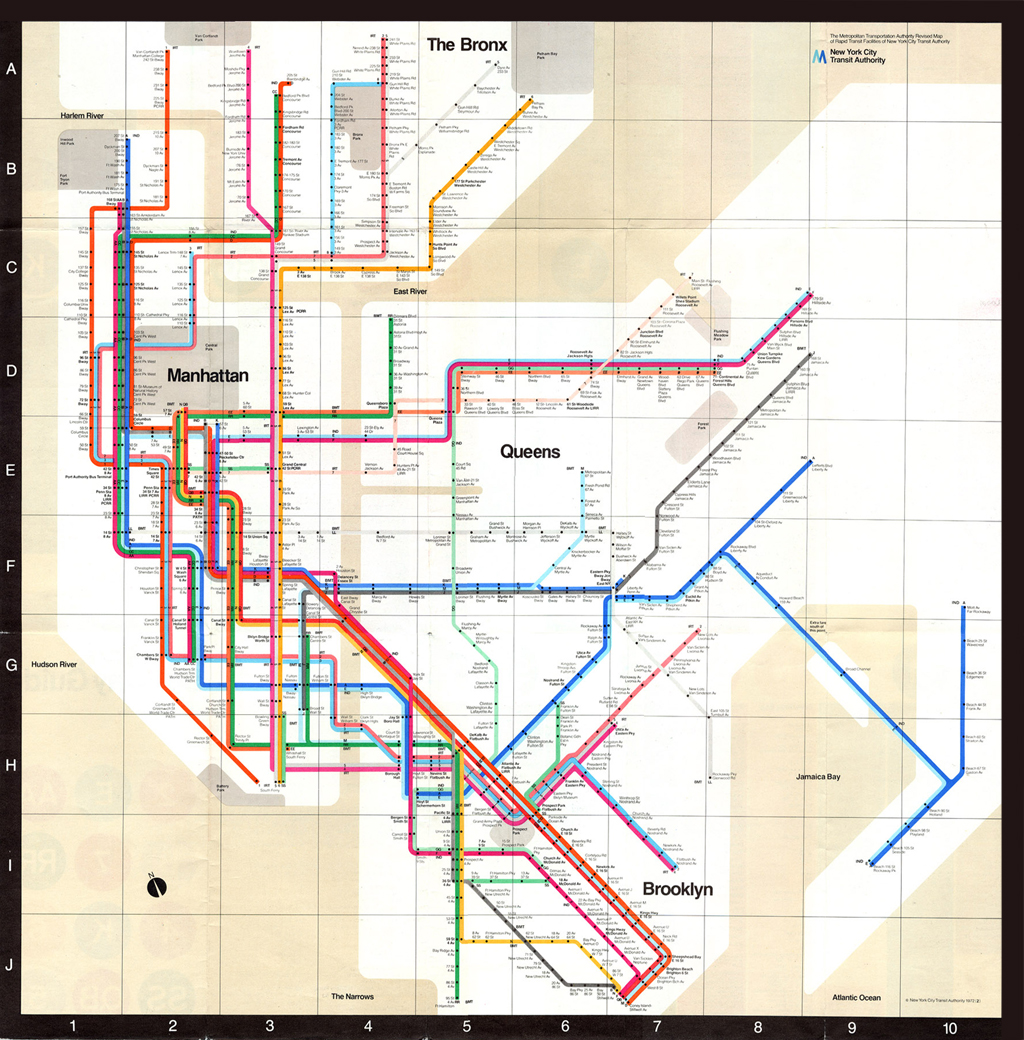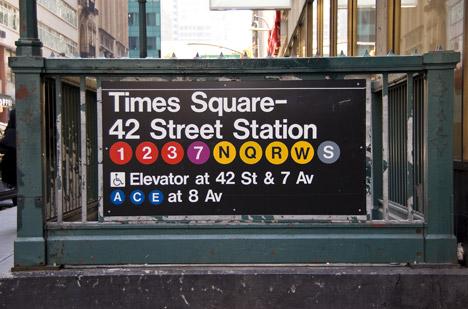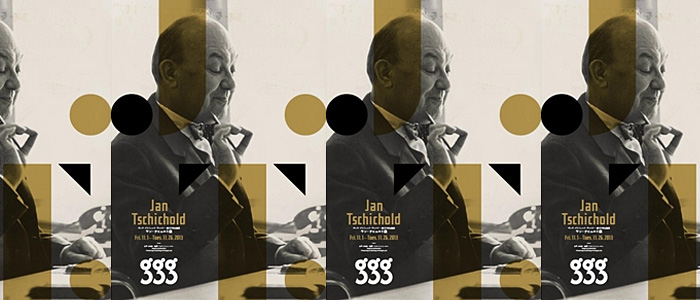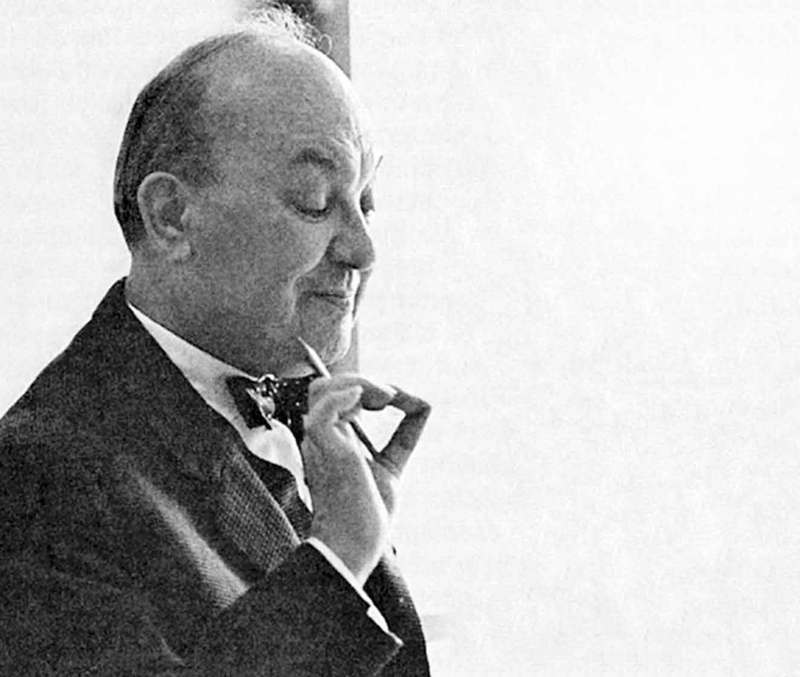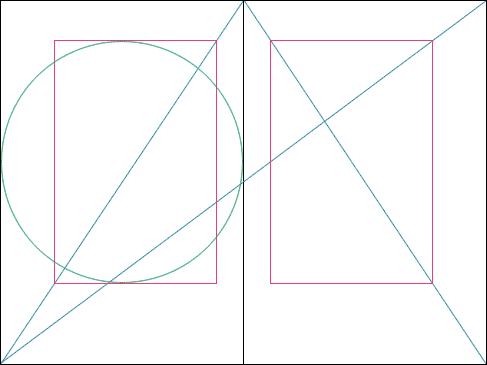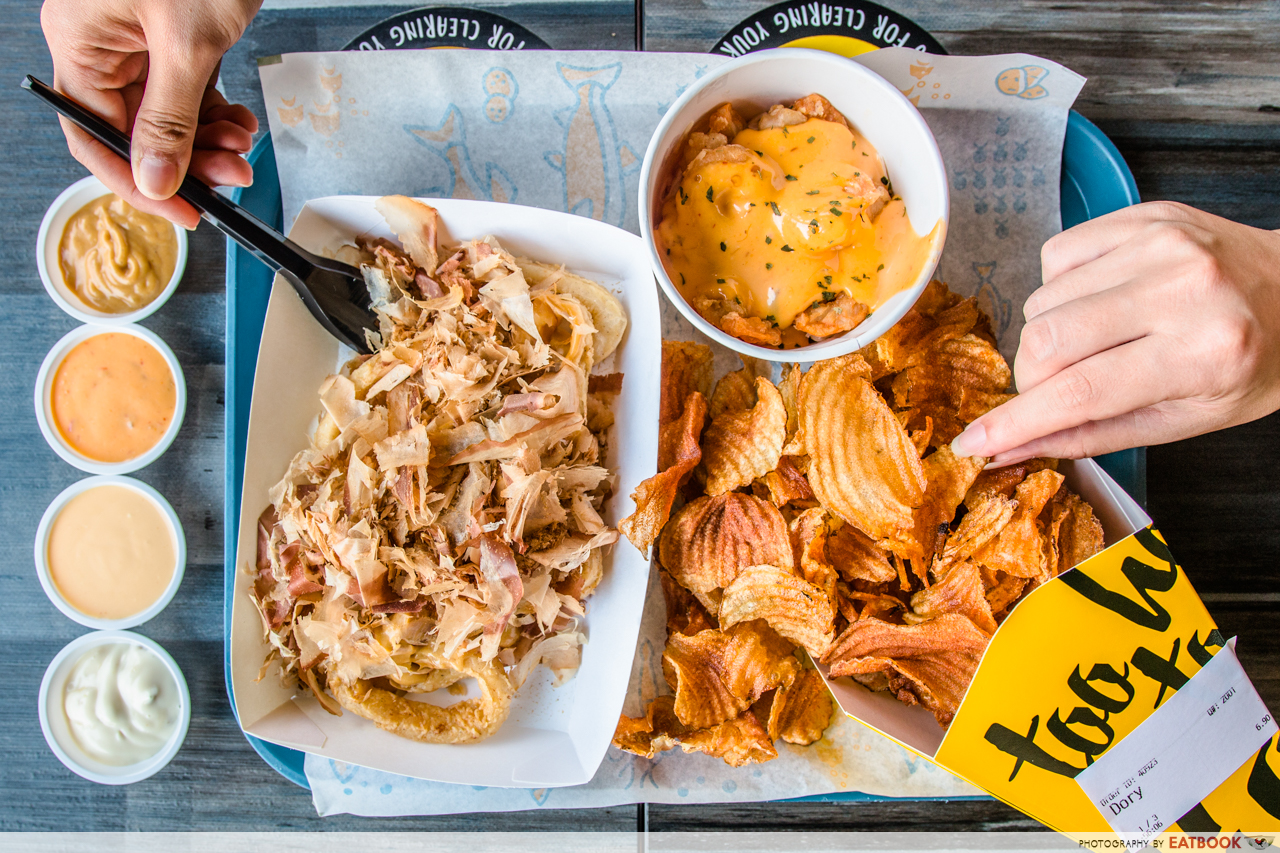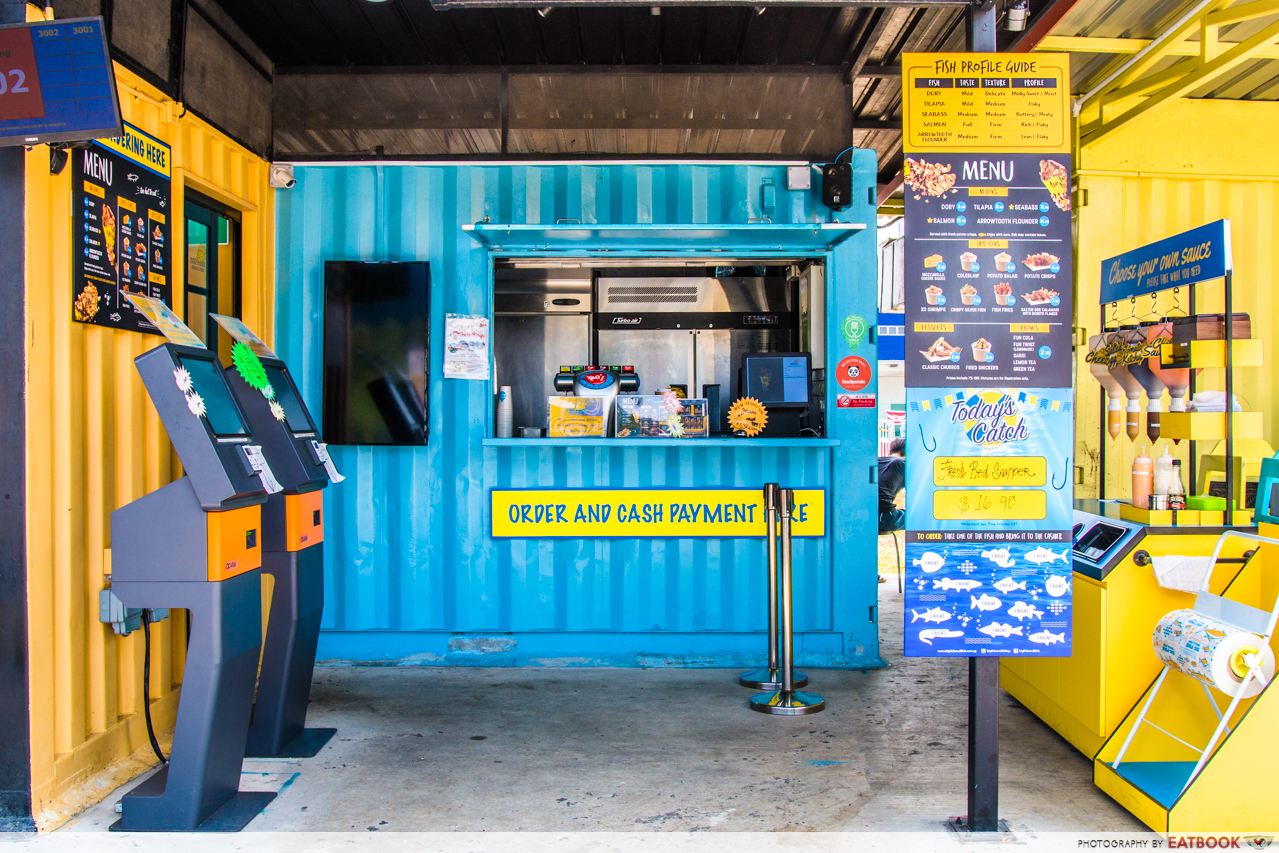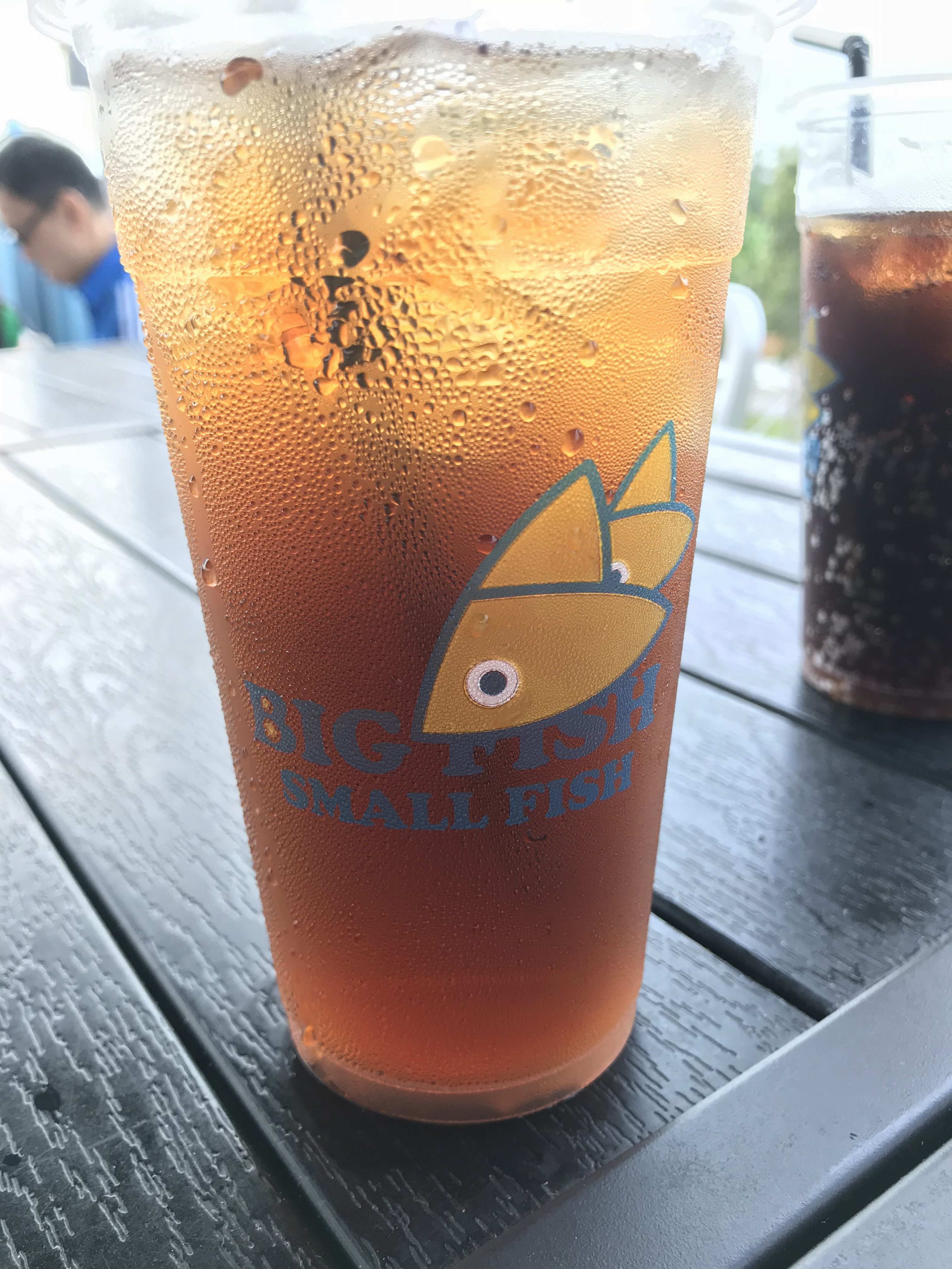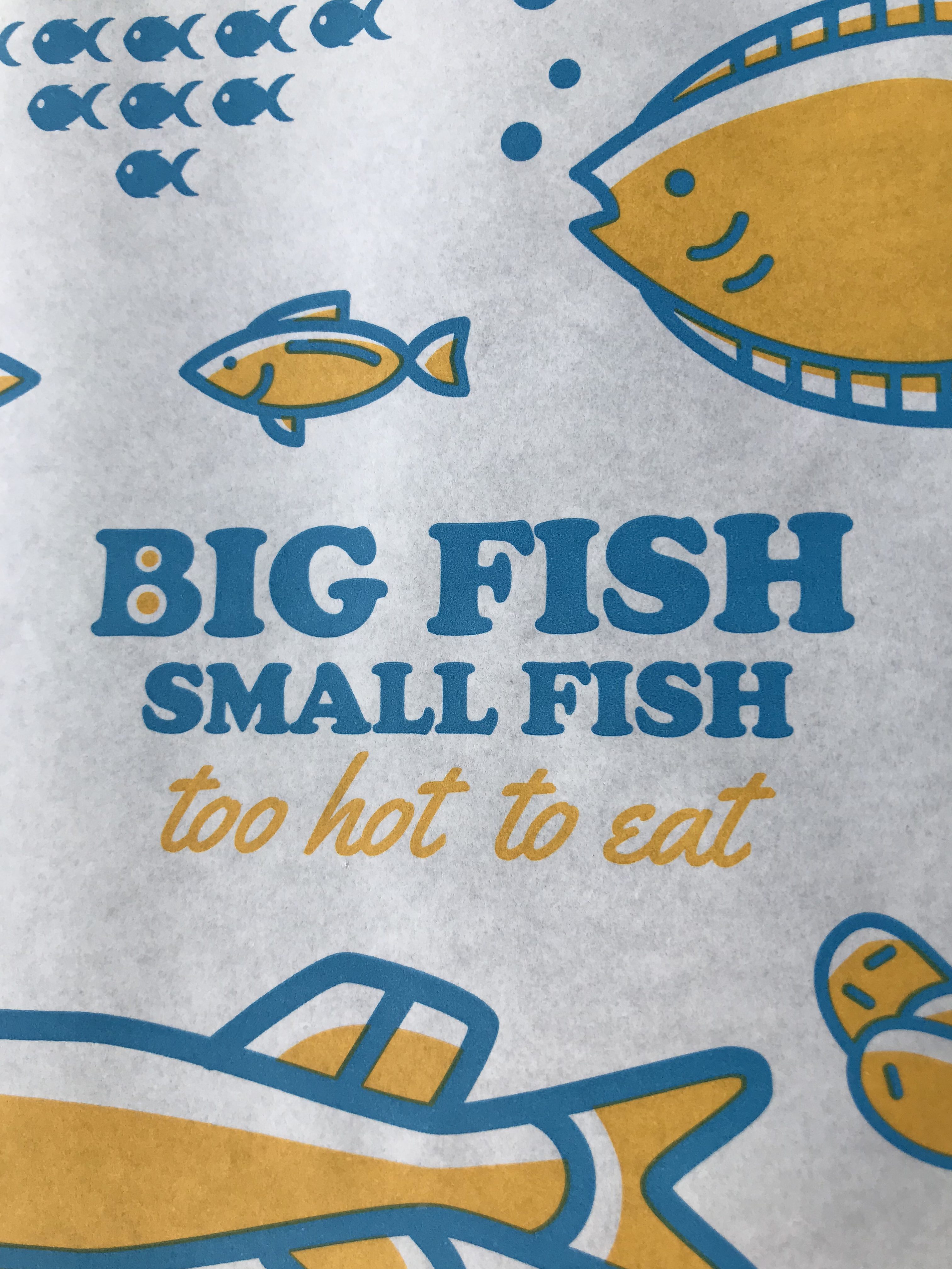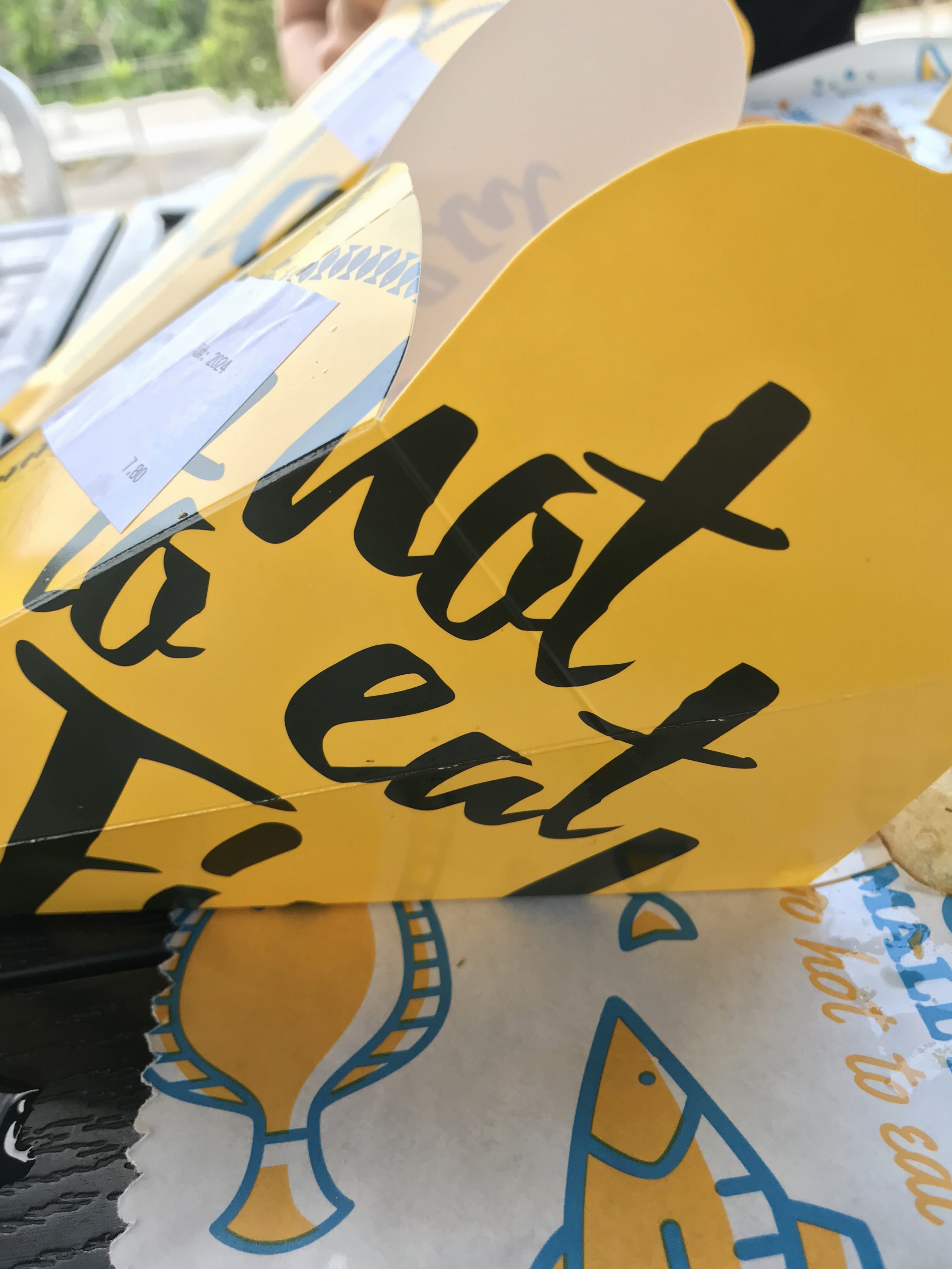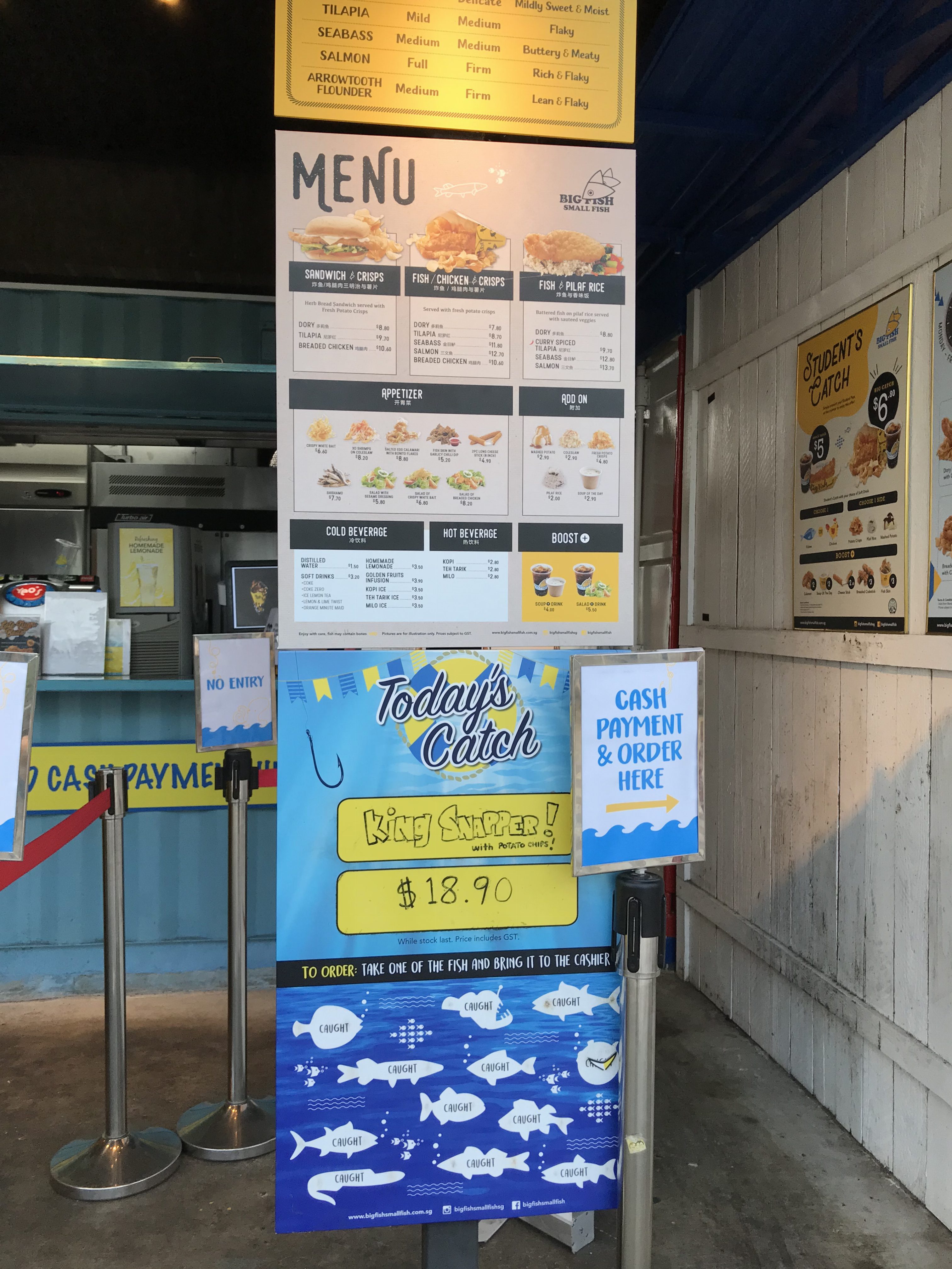The essay, summarised, discusses the opinions of Beatrice Warde regarding the processes of print and typography. Using a detailed analogy of wine vessels, Warde clarifies between the two areas by bringing to light her perspectives on what makes good typography and on the elements of the printed word.
Looking more into the essay, Warde brought up some interesting points on her view on good typography; in the beginning she stated that “there are a thousand mannerisms in typography that are as impudent and arbitrary as putting port in tumblers of red or green glass”. Returning to the analogy of wine vessels, she uses the idea of the base of a goblet where, if it looks “too small for security”, “it does not matter how cleverly it is weighted; you feel nervous lest it should tip over” – to a certain extent, I agree with what she is trying to imply. Readability in typography, in my opinion, is the number one thing we should consider in creating typographical artworks. Not only do we need to be wary of conveying the right information, but the ways in which the reader perceives it, or in Warde’s words, “ways of setting lines of type which may work well enough… reading three words as one, and so forth”.
Towards the end of the essay, Warde also talks about legibility and layout; she quotes, “if the reader had not been practically forced to read – if he had not seen those words suddenly imbued with glamour and significance – then the layout would have been a failure”, but at the same time, she feels that the “mental eye focuses through type and not upon it”, where the “arbitrary warping of design or excess of ‘colour'” can “get in the way of the mental picture to be conveyed”, making it a “bad type”. Again, to a certain extent, I do agree with the points she is trying to make, that if the artwork ends up looking too fanciful or gaudy, with too many designs and colours, readers would just ultimately miss the main point of the artwork (i.e. to convey information through text). However, I feel like this may not be the case in some scenarios; going back to the group presentations on typefaces, I remember the group presenting on Comic Sans brought up an interesting fact about the font, that it is so unstructured and difficult to read that it is more effective in retaining information (so it is more commonly found in children’s textbooks and worksheets). Therefore, I do agree that jarring kinds of visuals can interfere with conveying information to the reader, affecting its readability, but maybe it can help it making that piece of artwork memorable?
In conclusion, the essay helped me in understanding the little nuances that distinguishes between good and bad typography, as well as the factors to consider when reviewing a piece of typographical artwork. On a side note, I thought the analogy of comparing wine vessels to typography was quite interesting as well, and helps in illustrating her points better.


